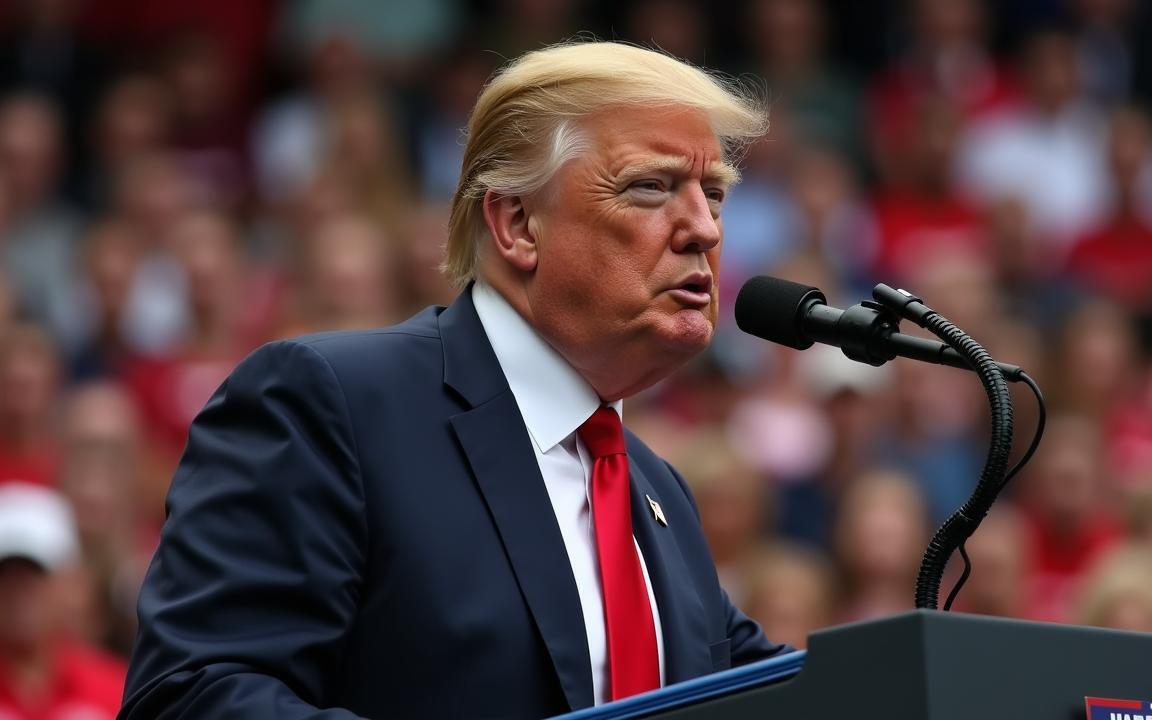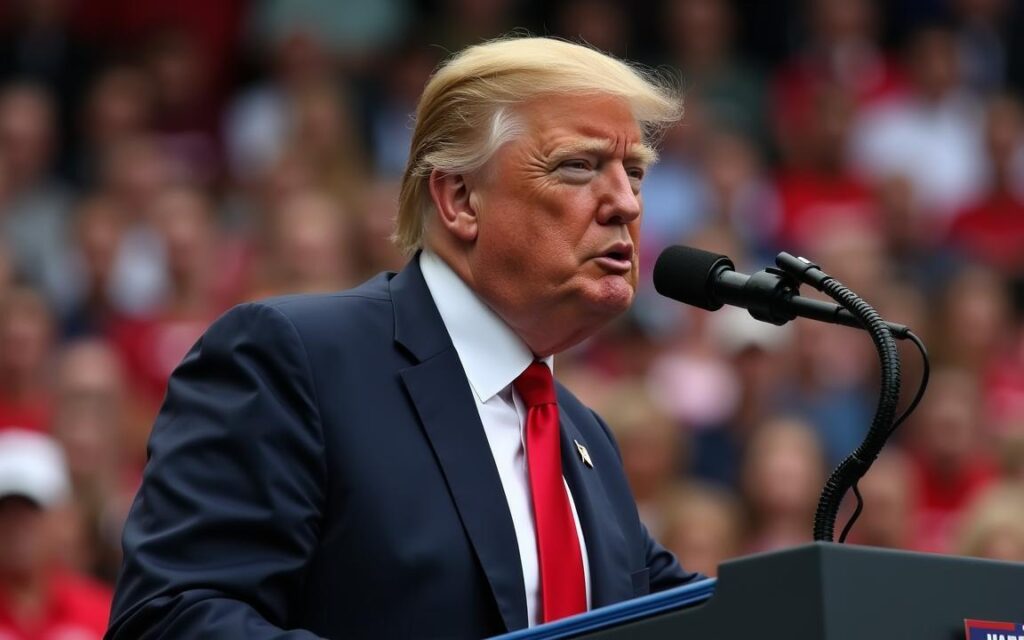
President Donald Trump’s penchant for shaking up the global trade landscape with tariff announcements has become a recurring theme.
Yet, despite his latest plans to target key industrial metals and impose retaliatory duties, Wall Street has largely shrugged off the threats, with stocks rallying in defiance of the trade uncertainty.
But why this apparent disconnect?
A history of bluster: tariffs’ limited impact so far
Trump’s tariff announcements have often been met with initial market jitters, but as Fundstrat’s Tom Lee pointed out to the Fortune, “So far, I’d say the news that we’ve seen on tariffs—they’ve had more bark than bite, meaning they’ve proven to be opportunities for investors to buy.”
This suggests that investors have learned to differentiate between the President’s rhetoric and the actual economic impact of his trade policies.
The metals tariff equation: impact less than feared?
While duties on steel and aluminum are undoubtedly concerning for manufacturers, particularly automakers, their overall impact may be less significant than initially feared.
For instance, Canada, the US’s top source of imported metals, sends $7 billion in steel and $9 billion in aluminum annually.
However, this is just a small slice of the nearly $500 billion in goods and services traded between the two countries.
Reciprocal tariffs: a negotiating lever?
The concept of reciprocal tariffs, where the US imposes import duties that mirror another country’s tariffs on American products, is where the potential for optimism lies.
“If they are charging us 130% and we’re charging them nothing, it’s not going to stay that way,” Trump told reporters on Air Force One on Sunday.
While this could escalate into a full-blown trade war, some analysts see it as a calculated negotiating strategy.
The ‘art of the tariff’ deal
Market veteran Ed Yardeni offers a more sanguine perspective.
“We view this as a positive development given that Trump previously planned to impose a uniform 10%–20% tariff on all US imports,” Yardeni explained to the Fortune.
The reciprocal approach leaves plenty of room for the US to negotiate tariff cuts by each of America’s trading partners separately. They’re Trump’s ‘art of the tariff’ deals!
Yardeni believes that the use of reciprocal tariffs may signal Trump’s abandonment of a uniform tariff aimed solely at revenue generation, suggesting a more targeted approach.
The White House deferred to the president’s remarks on Sunday when asked to comment.
Negotiating from strength
Trump’s track record suggests a willingness to negotiate on tariffs.
Last week, he agreed to pause duties on Canada and Mexico for 30 days after they pledged enhanced border security.
However, in an interview with Fox News before the Super Bowl on Sunday, he signaled that more demands are on the horizon, stating that what the two countries have promised so far is “not good enough.”
“Something has to happen. It’s unsustainable, and I’m changing it,” he said after being asked if more has to happen in 30 days.
The post Tariffs and trade: what Trump’s latest moves mean for the market appeared first on Invezz
https://invezz.com/news/2025/02/10/tariffs-and-trade-what-trumps-latest-moves-mean-for-the-market/


